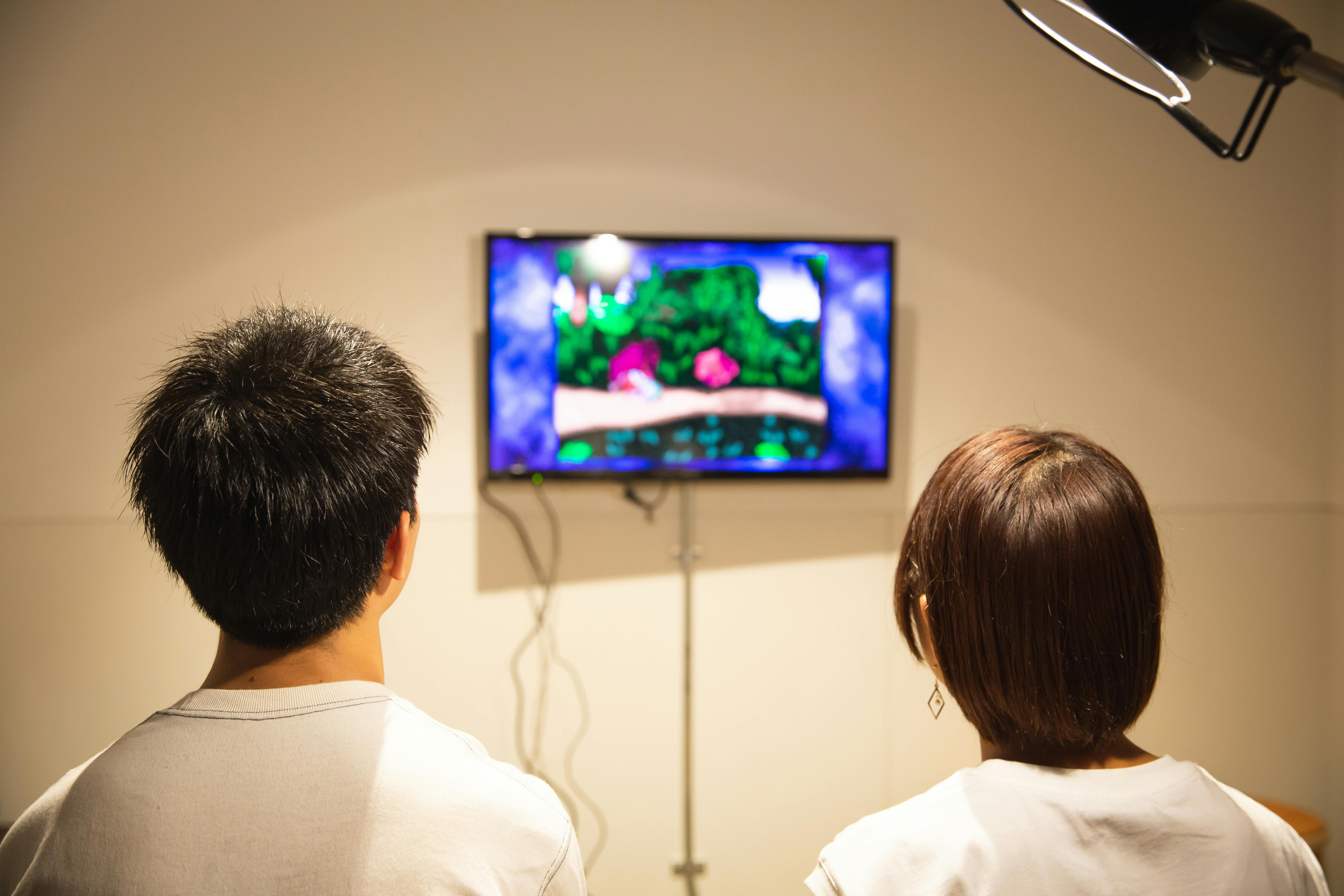The Unseen Implications of Procedural Generation in Video Games
Procedural generation, a technique widely used in the gaming industry, is often celebrated for its ability to exponentially expand game worlds and offer a unique experience to each player. However, its implications go beyond sheer size and diversity—let's delve deeper into this concept and its far-reaching effects on the gaming landscape.

A Primer on Procedural Generation
Procedural generation is a method of creating data algorithmically, rather than manually. In video games, this could mean the automatic generation of levels, quests, characters, objects, or even entire universes. The concept isn’t new—it’s been a part of the gaming landscape since the 1980s, with games like “Elite” and “Rogue” leveraging it to create vast, unpredictable environments.
The Modern Landscape of Procedural Generation
In recent years, the use of procedural generation has soared in popularity. Games like “No Man’s Sky” and “Minecraft” have made headlines for their vast, procedurally generated worlds. This has allowed developers to create expansive, dynamic game environments without the need for intensive manual design.
The Cultural Impact of Procedural Generation
The cultural impact of procedural generation cannot be understated. It has heralded a shift in how we perceive and interact with video games. The unpredictability of procedurally generated content means that each player’s experience is unique, fostering a sense of discovery and exploration. This has led to the creation of vibrant online communities, where players share their unique experiences and discoveries.
The Hidden Costs of Procedural Generation
Despite its many benefits, procedural generation isn’t without its drawbacks. The reliance on algorithms can lead to a lack of control, resulting in game worlds that feel disjointed or lack coherence. Additionally, while procedurally generated content can provide a sense of novelty, it can also lead to repetition, as the same patterns and structures are inevitably generated over time.
The Future of Procedural Generation
Looking forward, procedural generation holds immense potential. As algorithms become more sophisticated, we can expect to see more nuanced and complex procedurally generated content. Moreover, the integration of artificial intelligence could further revolutionize this space, allowing for the creation of dynamic content that evolves in response to player actions.
In conclusion, procedural generation offers a compelling solution to the challenge of creating expansive and diverse game worlds. However, its implications are far-reaching, influencing not just game design, but also how we interact with and perceive video games. As we move into the future, it’s clear that this technique will continue to shape the gaming landscape in profound and exciting ways.




